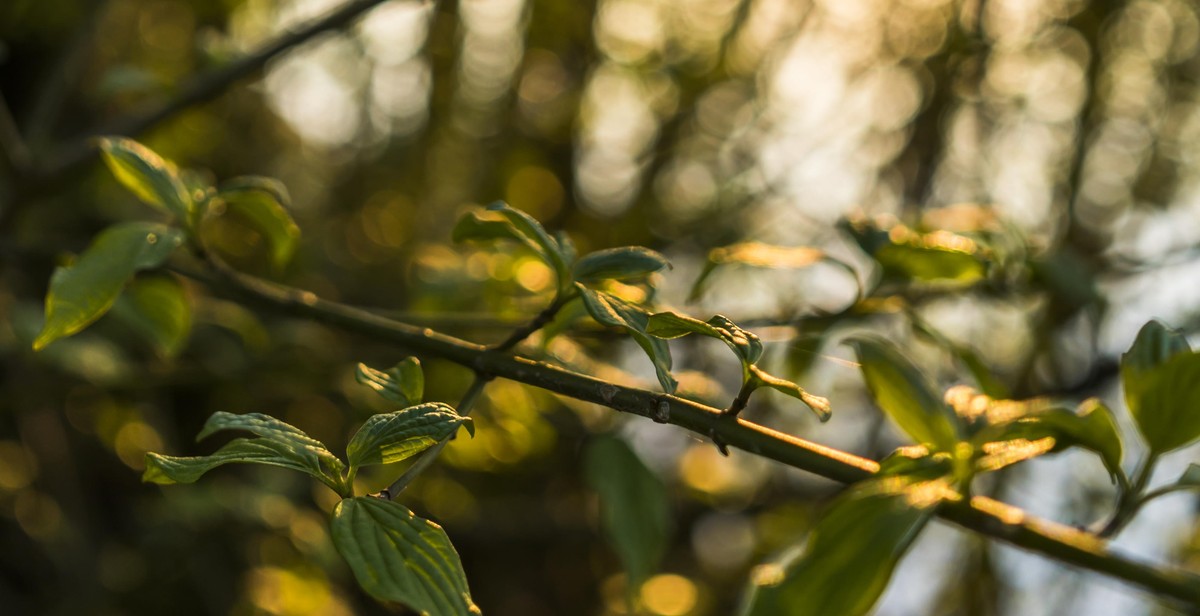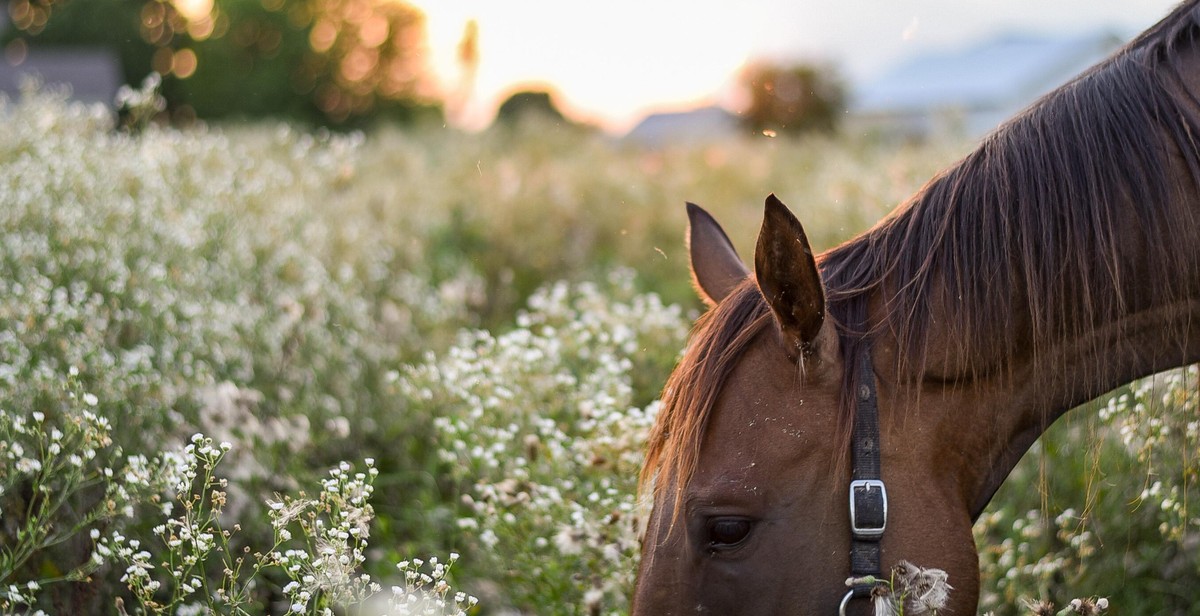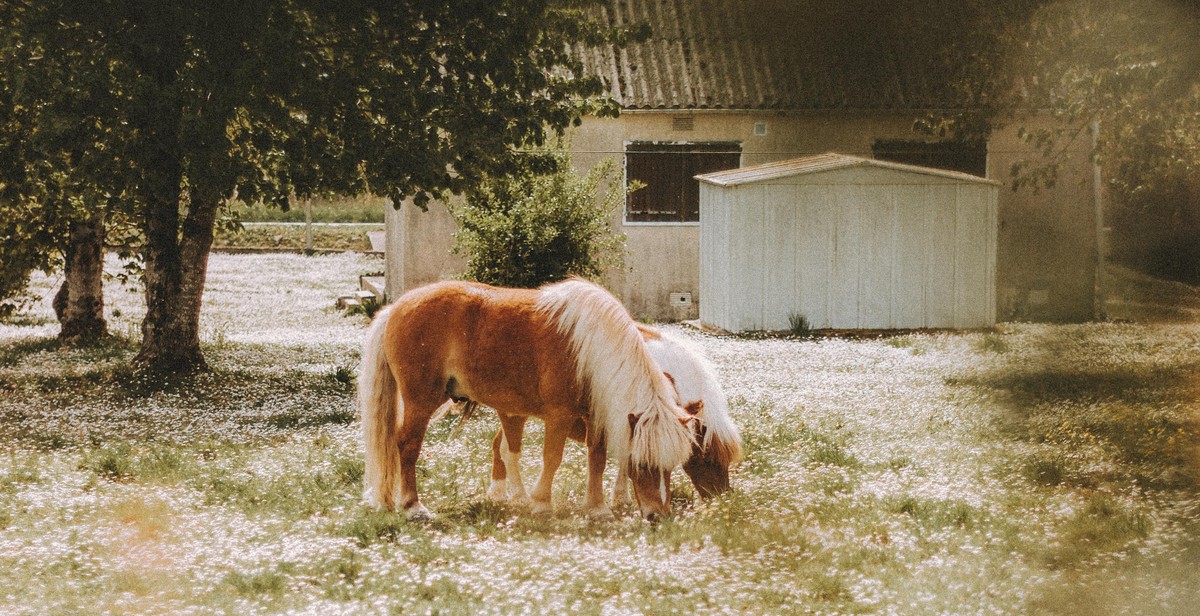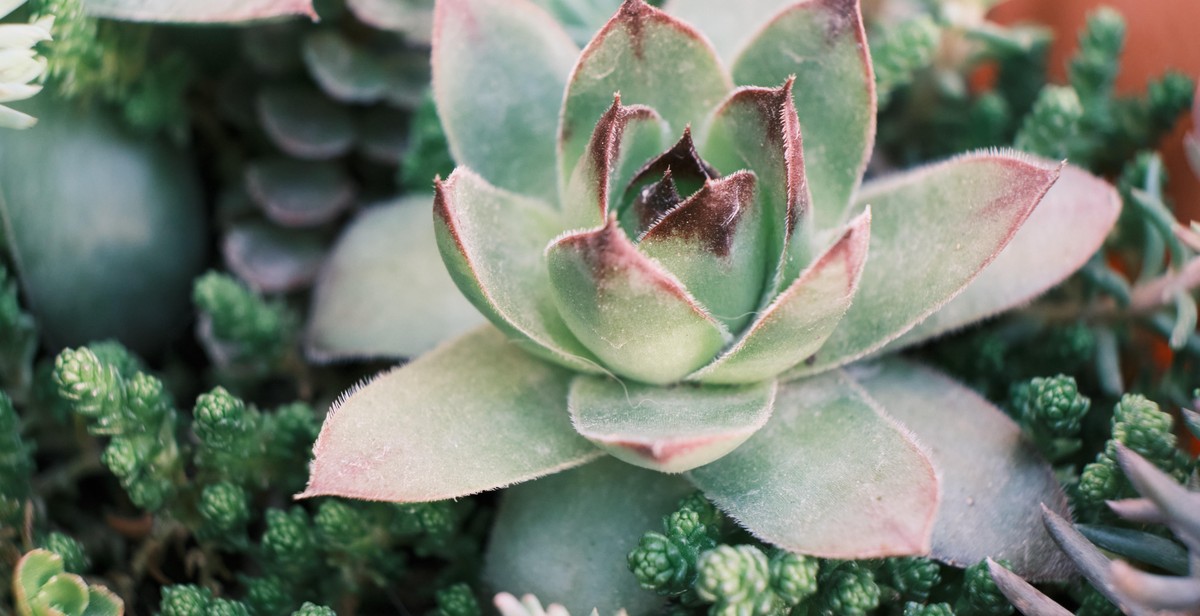How to Start a Cut Flower Farm for Local Floral Businesses
If you have a passion for gardening and flowers, starting a cut flower farm can be a profitable and fulfilling business. With the increasing demand for locally grown flowers, a cut flower farm can provide a sustainable source of fresh and unique blooms for local florists, event planners, and individuals.
Benefits of Starting a Cut Flower Farm
Starting a cut flower farm comes with several benefits, including:
- The ability to work outdoors and connect with nature
- The opportunity to grow and sell unique and specialty flowers
- The ability to provide locally grown flowers that are fresher and have a longer vase life than imported flowers
- The potential for a profitable and sustainable business
Steps to Starting a Cut Flower Farm
Starting a cut flower farm requires planning, hard work, and dedication. Here are some steps to consider:
- Research and choose the right location for your farm
- Develop a business plan and determine your target market
- Choose the right flowers to grow based on your market and growing conditions
- Prepare the soil and plant your flowers
- Implement a pest and disease management plan
- Market and sell your flowers to local florists, event planners, and individuals
By following these steps, you can start a successful cut flower farm and provide high-quality, locally grown flowers to your community.

Market Research
Before starting a cut flower farm for local floral businesses, it is important to conduct thorough market research to identify your target market and analyze your competition. This will help you understand the demand for cut flowers in your area and determine the best strategies to attract and retain customers.
Identify Your Target Market
One of the first steps in market research is to identify your target market. This will help you tailor your products and marketing efforts to meet the needs and preferences of your ideal customers. Consider factors such as age, gender, income, and lifestyle when defining your target market.
- Who are your potential customers?
- What are their needs and preferences?
- What is their budget for cut flowers?
- What occasions do they typically purchase flowers for?
Analyze Your Competition
Another important aspect of market research is analyzing your competition. This will help you understand the strengths and weaknesses of your competitors and identify opportunities to differentiate your products and services. Consider factors such as pricing, quality, variety, and customer service when evaluating your competition.
| Competitor | Strengths | Weaknesses |
|---|---|---|
| ABC Flower Farm | Large variety of flowers | Higher prices |
| XYZ Flower Farm | Lower prices | Limited selection |
By conducting thorough market research, you can make informed decisions about your cut flower farm and position yourself for success in the local floral business market.

Selecting the Site
Choosing the right location for your cut flower farm is crucial to its success. Here are the three main factors to consider:
Soil Quality
The soil quality of your farm will play a significant role in the health and growth of your flowers. Ideally, you want soil that is well-drained, fertile, and rich in organic matter. Conduct a soil test to determine the pH level and nutrient content of your soil. If the soil is too acidic or alkaline, you can amend it by adding lime or sulfur. Additionally, consider the texture of the soil. Sandy soil drains faster, while clay soil retains more water.
Sunlight Requirements
Most cut flowers require full sun exposure to grow and bloom properly. Therefore, choose a site that receives at least six hours of direct sunlight each day. Observe the site at different times of the day to determine the sunniest spot.
Water Availability
Water is critical to the growth and development of cut flowers. Choose a site with a reliable source of water, such as a well or irrigation system. Also, consider the drainage of the site. You don’t want a location that is prone to flooding or has poor drainage.
By taking these three factors into account, you can select a site that will provide the optimal growing conditions for your cut flowers.

Choosing the Right Flowers
When it comes to starting a cut flower farm for local floral businesses, choosing the right flowers is crucial. Your success will depend on selecting local and seasonal flowers that thrive in your climate and are in demand by your customers.
Local and Seasonal Flowers
Local and seasonal flowers are always in demand because they are fresher, more vibrant, and often more affordable than imported flowers. By growing flowers that are native to your region, you can ensure that they will thrive in your climate without requiring extensive care or maintenance.
Flower Varieties
When selecting flower varieties, consider the preferences of your target market and the needs of local florists. Popular options include roses, sunflowers, dahlias, peonies, and lilies. You can also experiment with unique varieties that are not commonly grown in your area to differentiate yourself from competitors.
Growing Difficulty
When choosing flowers to grow, it’s important to consider their growing difficulty. Some flowers, such as zinnias and marigolds, are easy to grow and require minimal care, while others, such as orchids and gardenias, are more challenging and require specialized knowledge and equipment.
| Easy to Grow Flowers | Challenging Flowers |
|---|---|
| Zinnias | Orchids |
| Marigolds | Gardenias |
| Sunflowers | Hydrangeas |
By selecting a mix of easy-to-grow and challenging flowers, you can ensure that you have a diverse range of products that appeal to a wider range of customers.

Equipment and Supplies
Starting a cut flower farm requires a variety of tools and equipment to ensure the success of your business. Here are some essential equipment and supplies you will need:
Tools and Equipment
- Gloves: Protect your hands from cuts, scrapes, and thorns while working in the garden.
- Pruning Shears: Used for trimming flowers and foliage.
- Shovels and Spades: Essential for preparing the soil and planting bulbs and seeds.
- Hoes: Used for removing weeds and cultivating soil.
- Watering Cans or Hoses: Used to water plants and keep them hydrated.
- Greenhouse: Provides a controlled environment for growing flowers, especially in colder climates.
Seeds and Bulbs
High-quality seeds and bulbs are essential for producing healthy and beautiful flowers. Make sure to purchase from reputable suppliers and choose varieties that are suitable for your climate and soil conditions.
Fertilizers and Pesticides
Fertilizers and pesticides are necessary to ensure the health and growth of your flowers. However, it is important to use them responsibly and avoid overuse. Consider using organic and eco-friendly options to minimize the negative impact on the environment.
| Equipment and Supplies | Description |
|---|---|
| Gloves | Protect your hands from cuts, scrapes, and thorns while working in the garden. |
| Pruning Shears | Used for trimming flowers and foliage. |
| Shovels and Spades | Essential for preparing the soil and planting bulbs and seeds. |
| Hoes | Used for removing weeds and cultivating soil. |
| Watering Cans or Hoses | Used to water plants and keep them hydrated. |
| Greenhouse | Provides a controlled environment for growing flowers, especially in colder climates. |

Preparing the Land for Your Cut Flower Farm
Clearing and Leveling
The first step in starting a cut flower farm is preparing the land. Before you can begin planting, you must clear and level the area where you plan to grow your flowers. This process involves removing any rocks, debris, or unwanted vegetation from the site.
If your land is uneven, you will need to level it to ensure proper drainage and prevent waterlogging. This can be done by adding or removing soil as needed.
Soil Preparation
Once your land is cleared and level, it’s time to prepare the soil. This step is crucial for the success of your cut flower farm, as healthy soil promotes healthy plant growth.
Start by testing your soil to determine its pH level and nutrient content. Based on the results, you may need to add amendments such as compost, manure, or fertilizer to ensure your soil is rich in nutrients.
Planting
After your soil is prepared, it’s time to start planting your cut flowers. Depending on the type of flowers you plan to grow, you may need to start with seeds or small plants.
When planting, be sure to space your flowers appropriately to allow for proper growth and to prevent overcrowding. Consider using raised beds or rows to make maintenance and harvesting easier.
With proper preparation and planting, your cut flower farm will be off to a great start!

Caring for Your Cut Flowers
Once you have successfully grown your cut flowers, it is important to take proper care of them to ensure they last as long as possible. Here are some tips for caring for your cut flowers:
Watering
Watering your cut flowers regularly is important to keep them hydrated. It is recommended to change the water every two days to prevent bacteria growth and to ensure the flowers are getting enough nutrients. When changing the water, make sure to cut the stems at an angle to allow for better water absorption.
Fertilizing
Fertilizing your cut flowers can help them last longer and remain vibrant. Use a water-soluble fertilizer and mix it with the water when changing it every two days.
Pruning
Pruning your cut flowers regularly will help promote new growth and keep them looking tidy. Remove any dead or dying flowers and trim the stems at an angle to encourage new growth.
Deadheading
Deadheading refers to the removal of spent flowers from the plant. This process helps the plant conserve energy and focus on producing new blooms. Make sure to deadhead your cut flowers regularly to keep them looking fresh and vibrant.
By following these tips, you can ensure that your cut flowers remain healthy and beautiful, making them a valuable asset for local floral businesses.

Harvesting and Selling Your Flowers
One of the most critical aspects of starting a cut flower farm is learning how to harvest and sell your flowers. Here are some tips on how to do it:
Harvesting Techniques
Harvesting is the process of cutting the flowers from the plant. To ensure that your flowers last longer, it is essential to harvest them at the right time. Here are some tips to follow:
- Harvest flowers early in the morning or late in the evening when the temperatures are cooler.
- Use sharp, clean scissors or shears to cut the flowers.
- Cut stems at an angle to allow for better water absorption.
- Place the flowers immediately in a bucket of water to keep them fresh.
Packaging and Transporting Your Flowers
Once you have harvested your flowers, it is essential to package and transport them properly to ensure that they arrive at their destination in good condition. Here are some tips to follow:
- Use clean, sturdy packaging materials such as boxes or crates.
- Wrap the flowers in damp paper or plastic to keep them hydrated during transport.
- Store the flowers in a cool, dry place during transport.
Marketing Your Cut Flowers
Marketing is crucial to the success of any cut flower farm. Here are some tips to help you market your cut flowers:
- Create a website or social media page to showcase your flowers.
- Partner with local florists or event planners to sell your flowers.
- Attend farmers’ markets or other local events to sell your flowers directly to customers.
- Offer subscription services to customers who want regular deliveries of your flowers.
| Harvesting Techniques | Packaging and Transporting Your Flowers | Marketing Your Cut Flowers |
|---|---|---|
| Harvest flowers early in the morning or late in the evening when the temperatures are cooler. Use sharp, clean scissors or shears to cut the flowers. Cut stems at an angle to allow for better water absorption. Place the flowers immediately in a bucket of water to keep them fresh. | Use clean, sturdy packaging materials such as boxes or crates. Wrap the flowers in damp paper or plastic to keep them hydrated during transport. Store the flowers in a cool, dry place during transport. | Create a website or social media page to showcase your flowers. Partner with local florists or event planners to sell your flowers. Attend farmers’ markets or other local events to sell your flowers directly to customers. Offer subscription services to customers who want regular deliveries of your flowers. |
